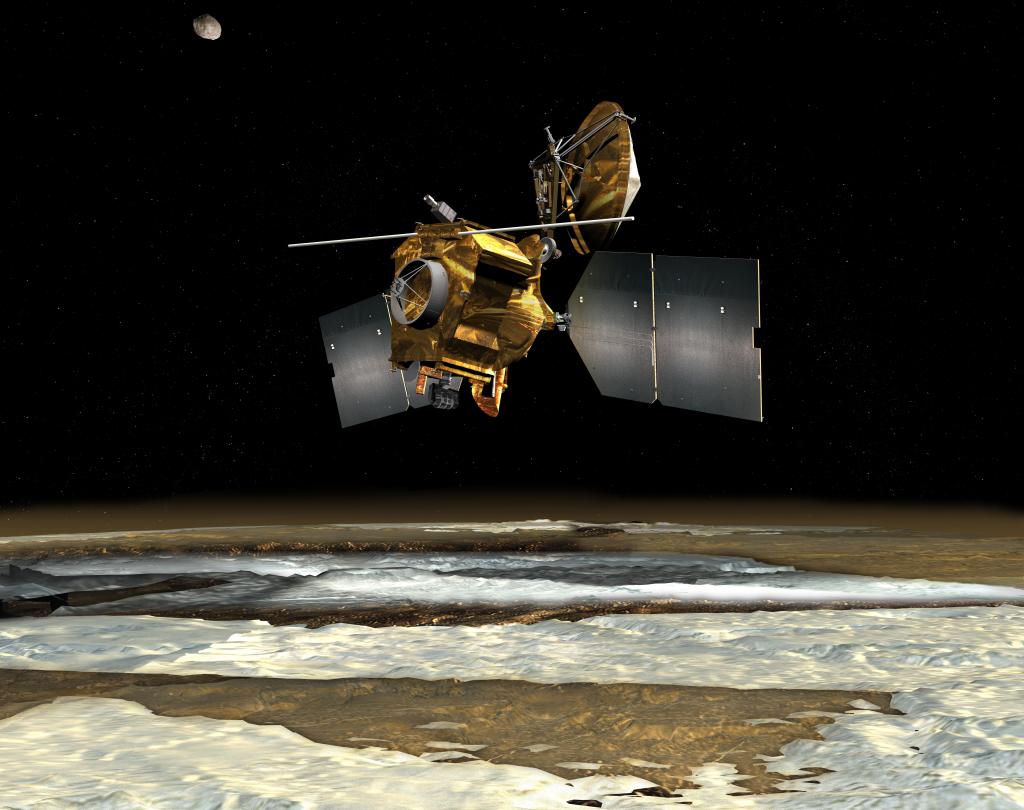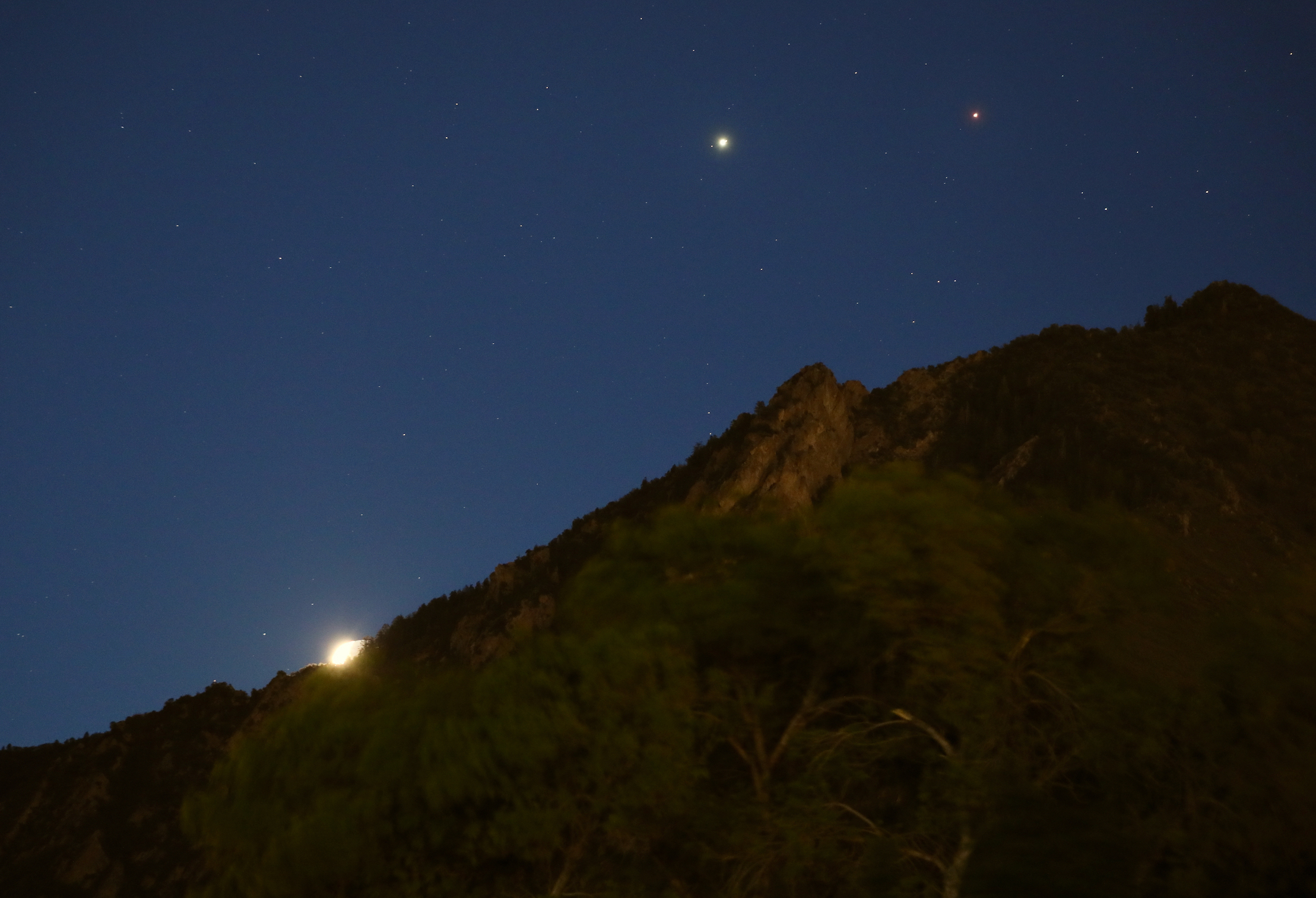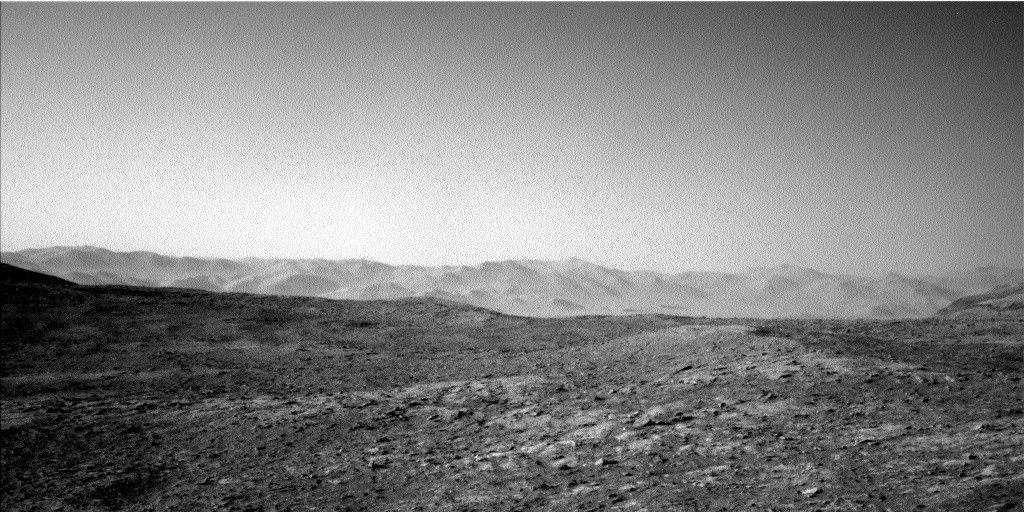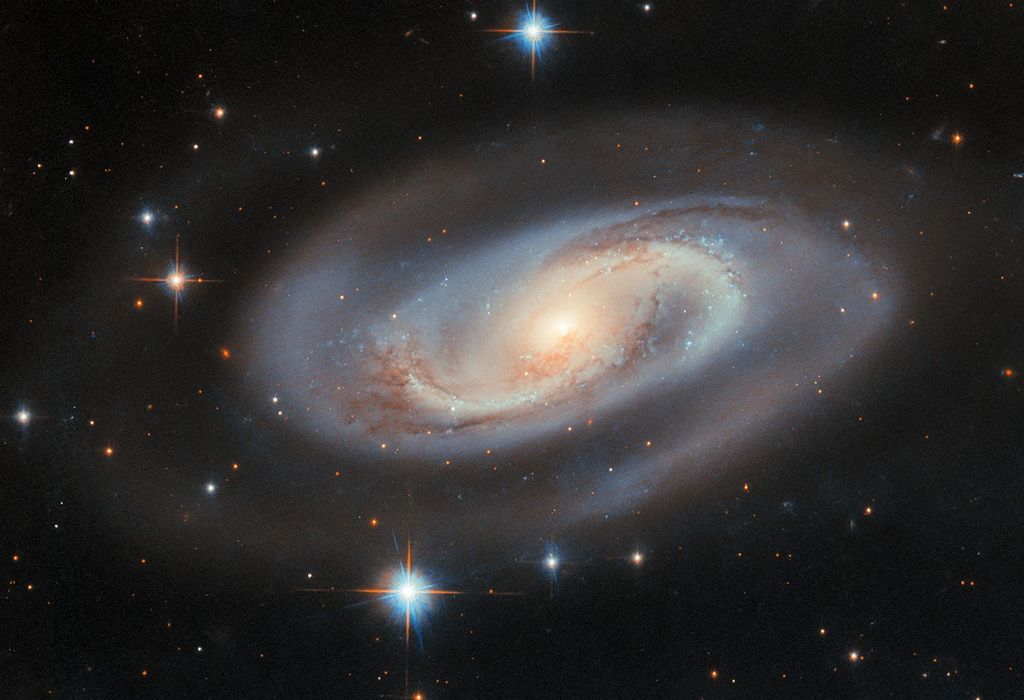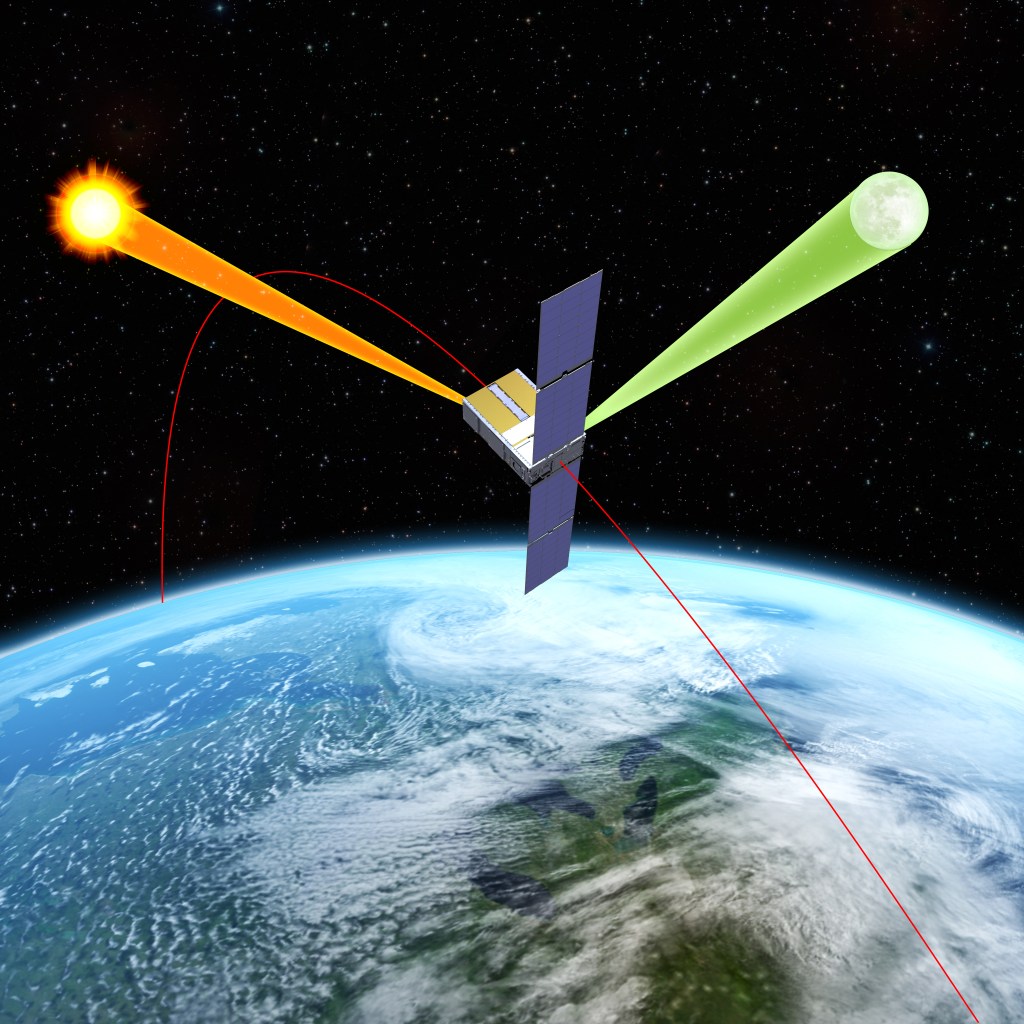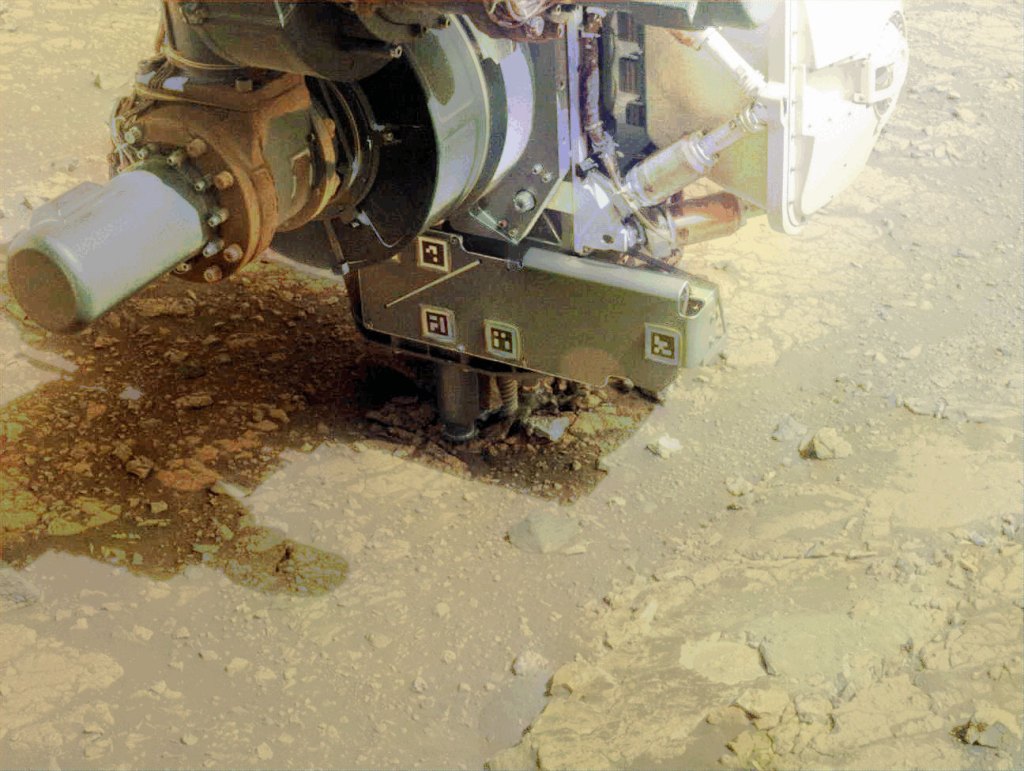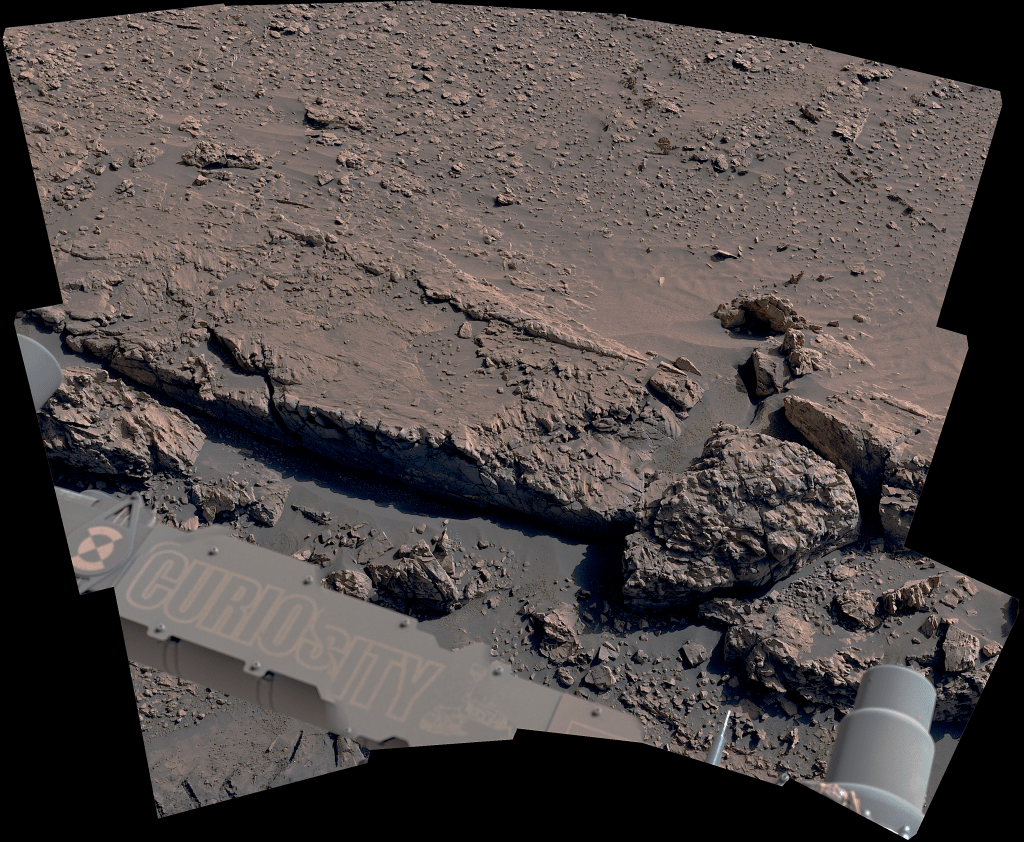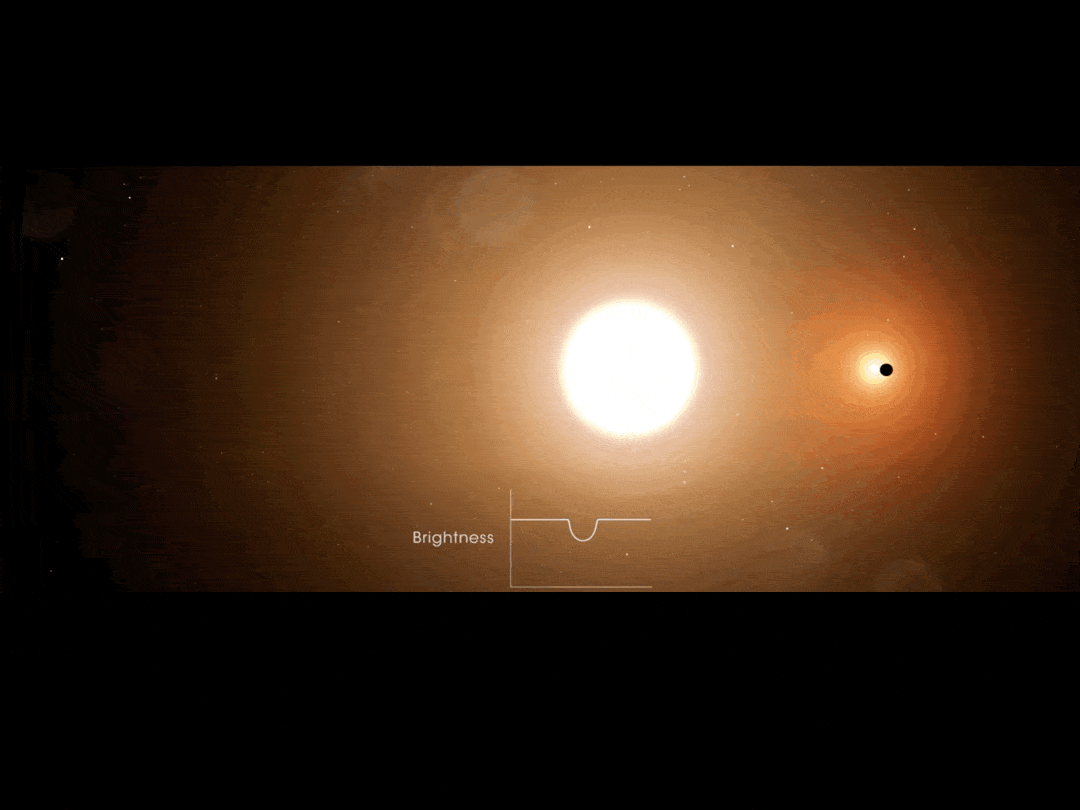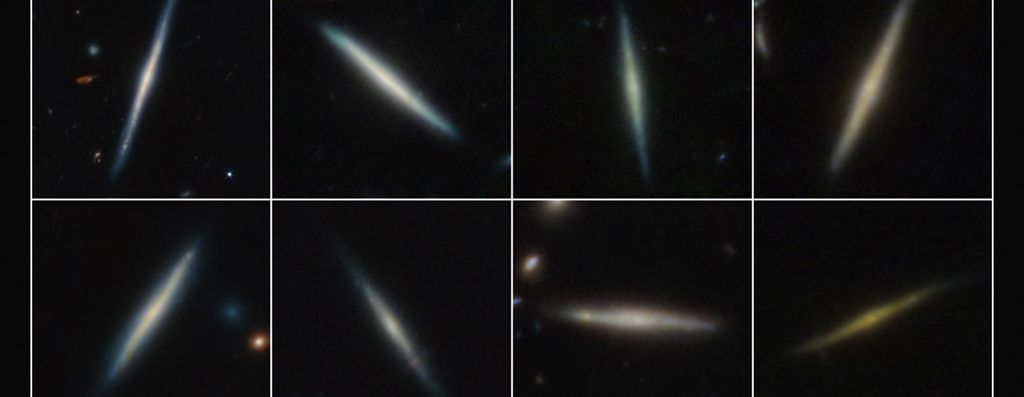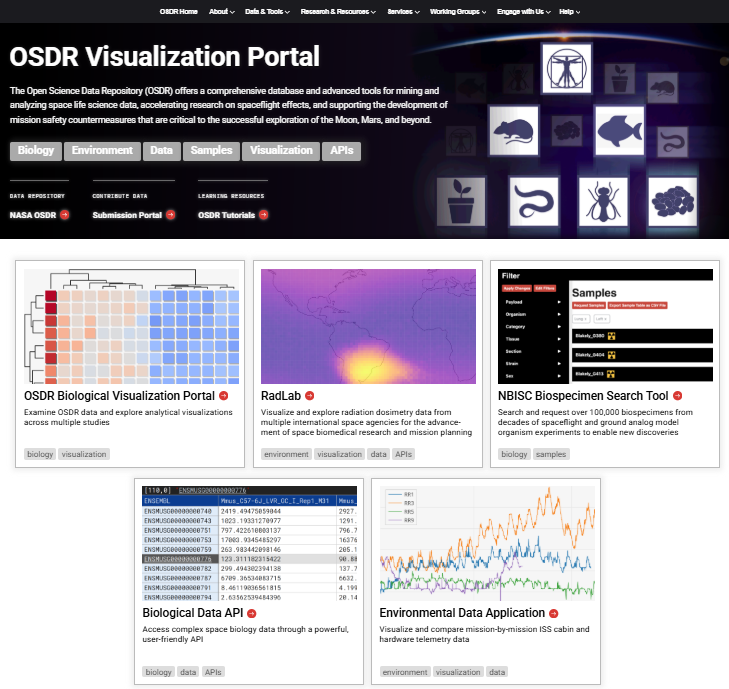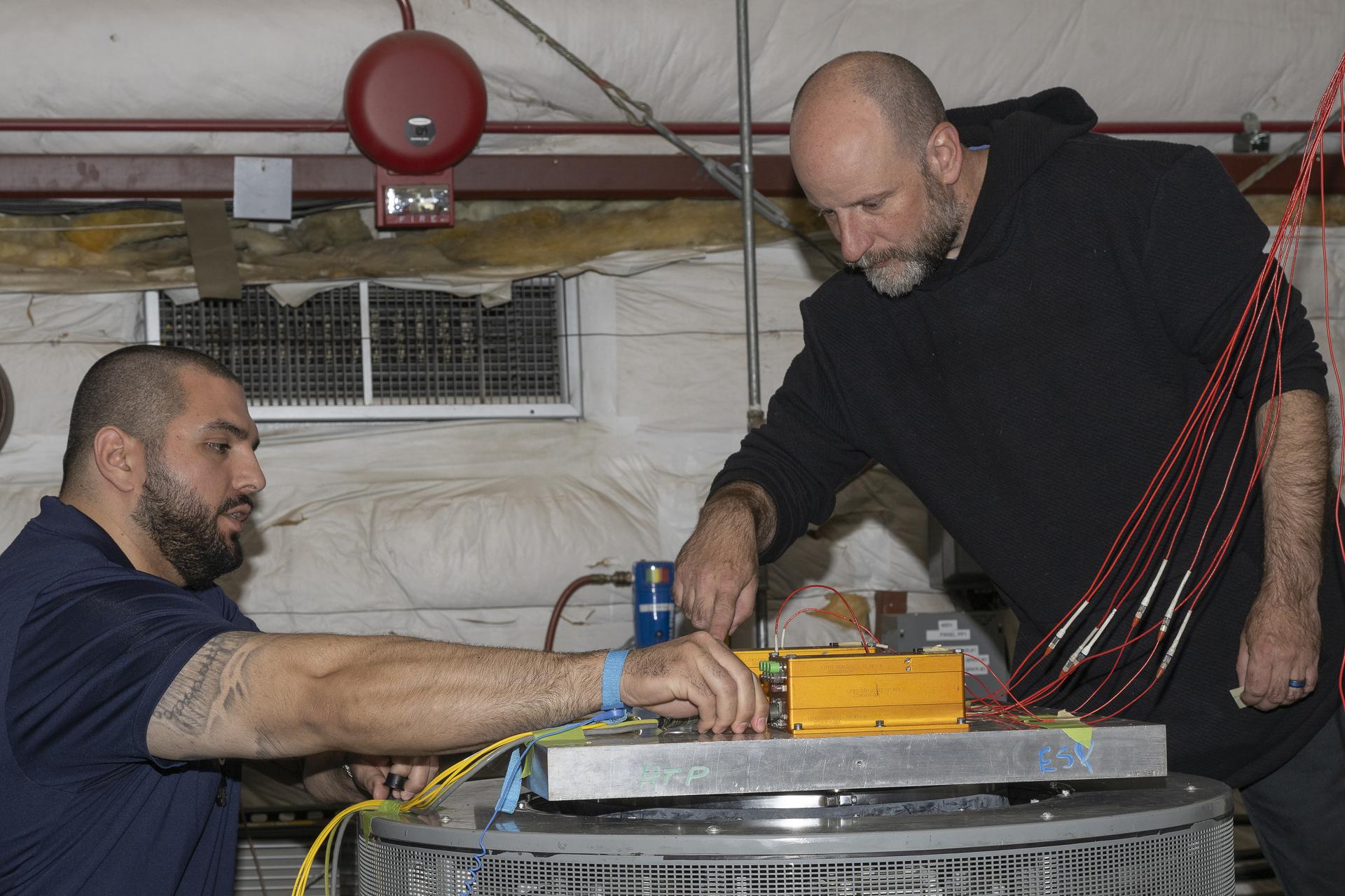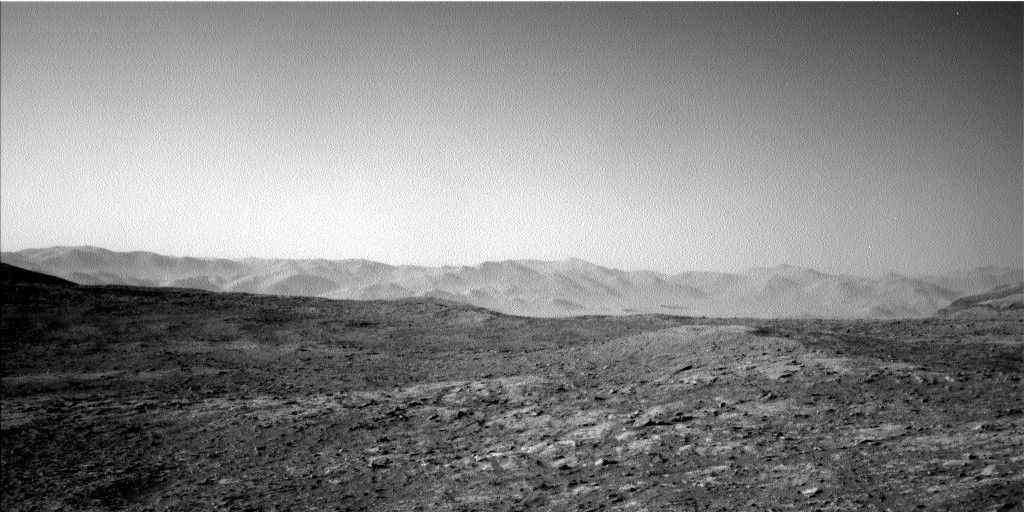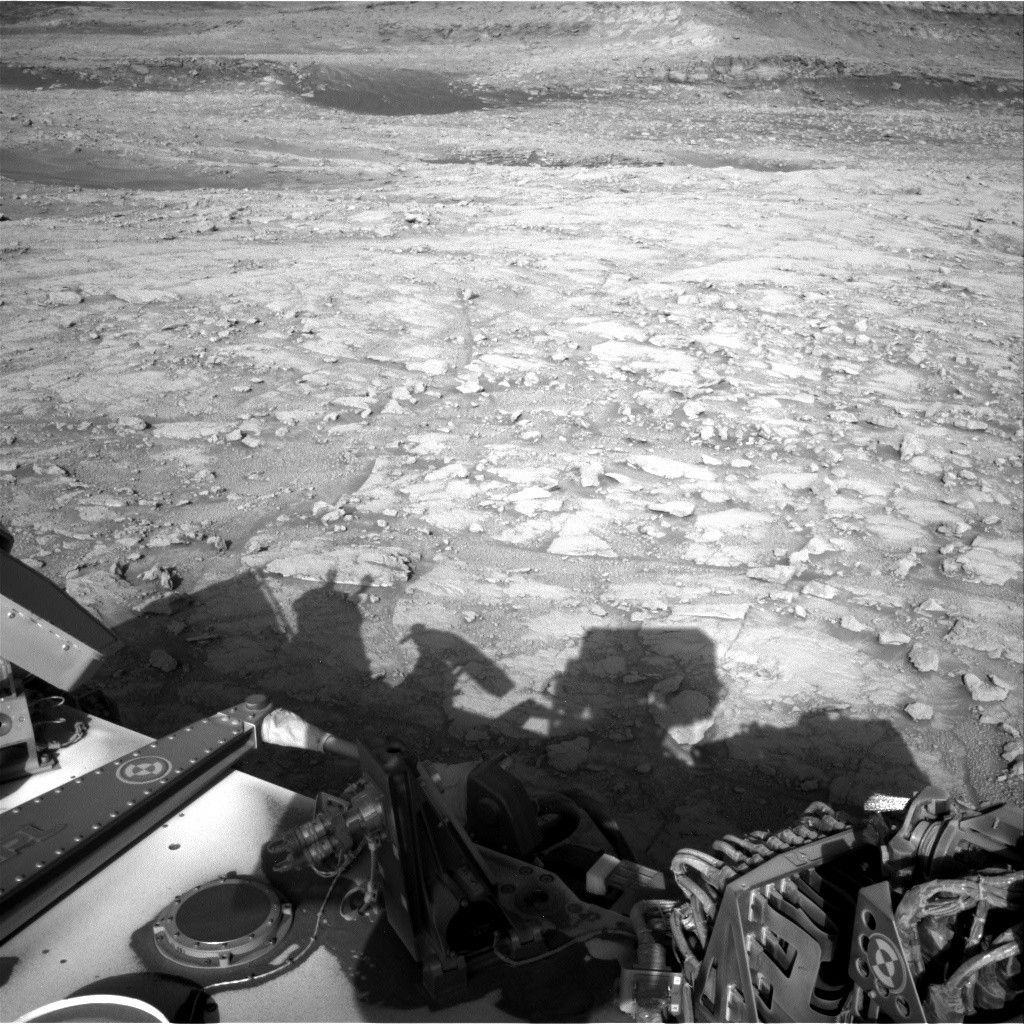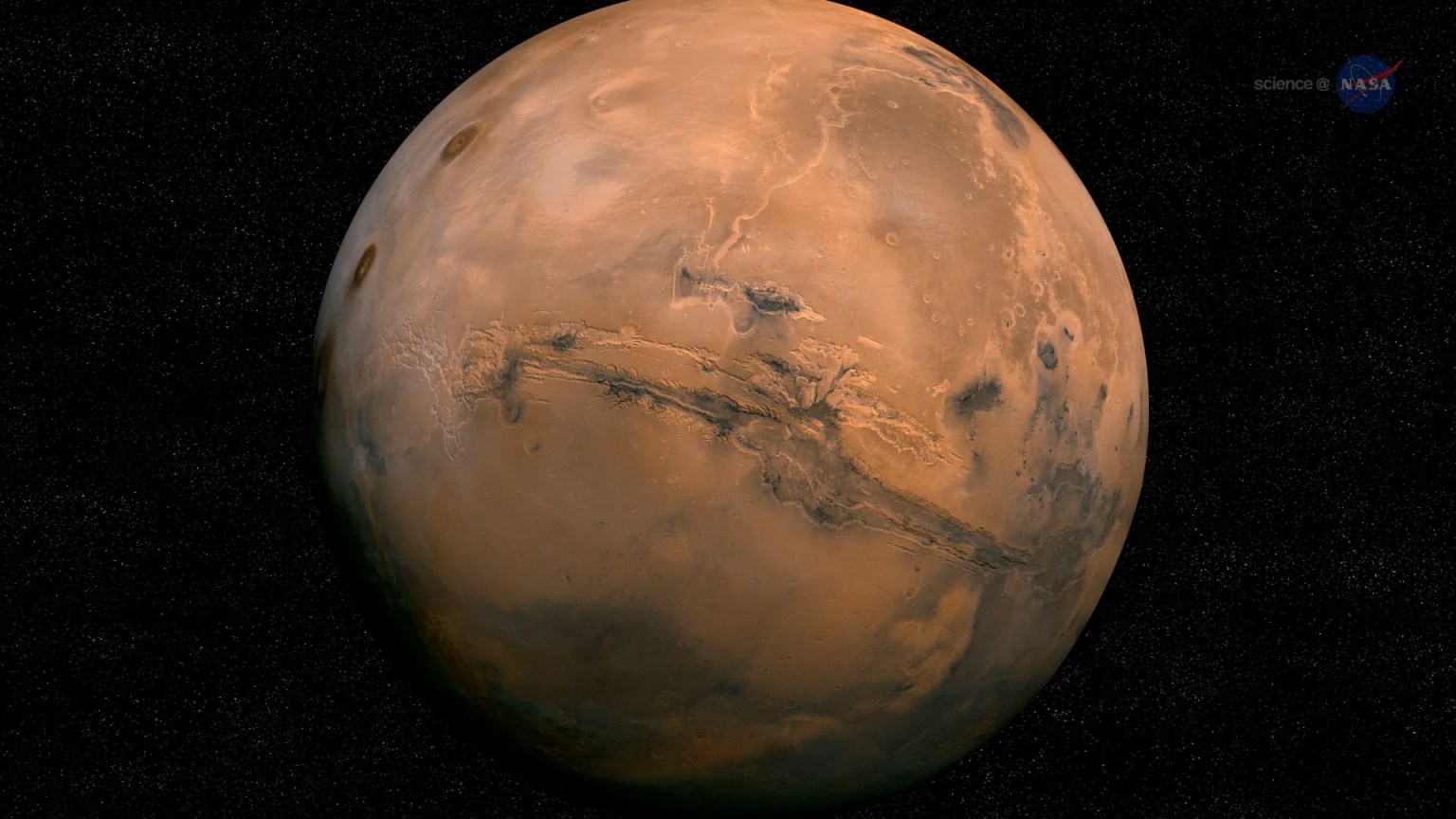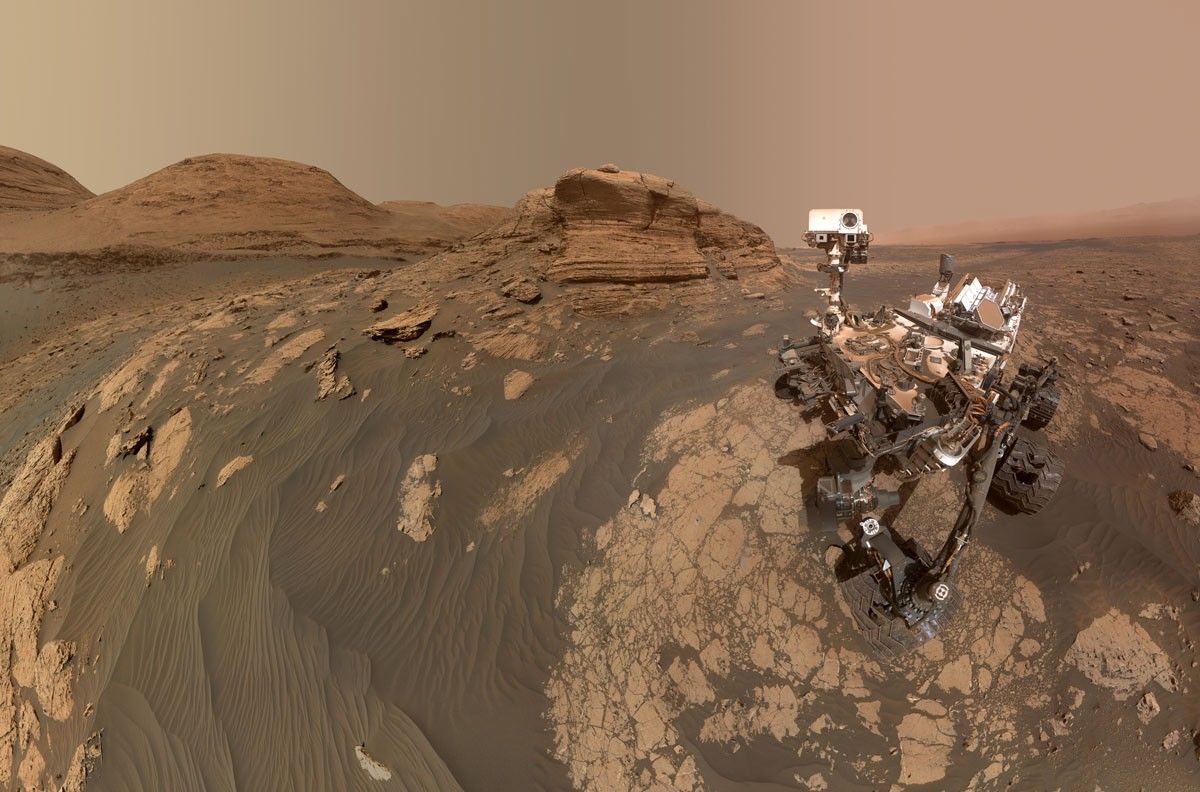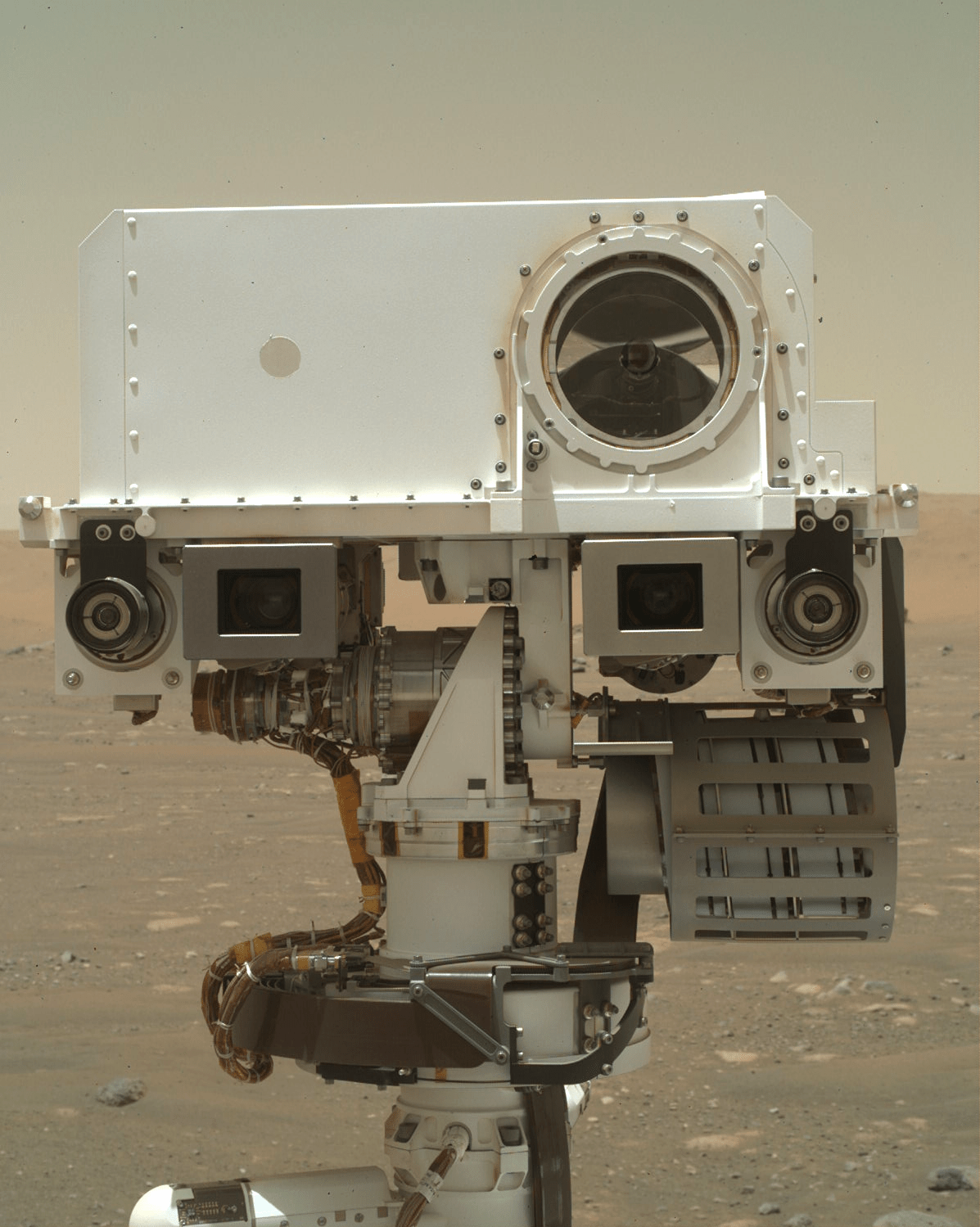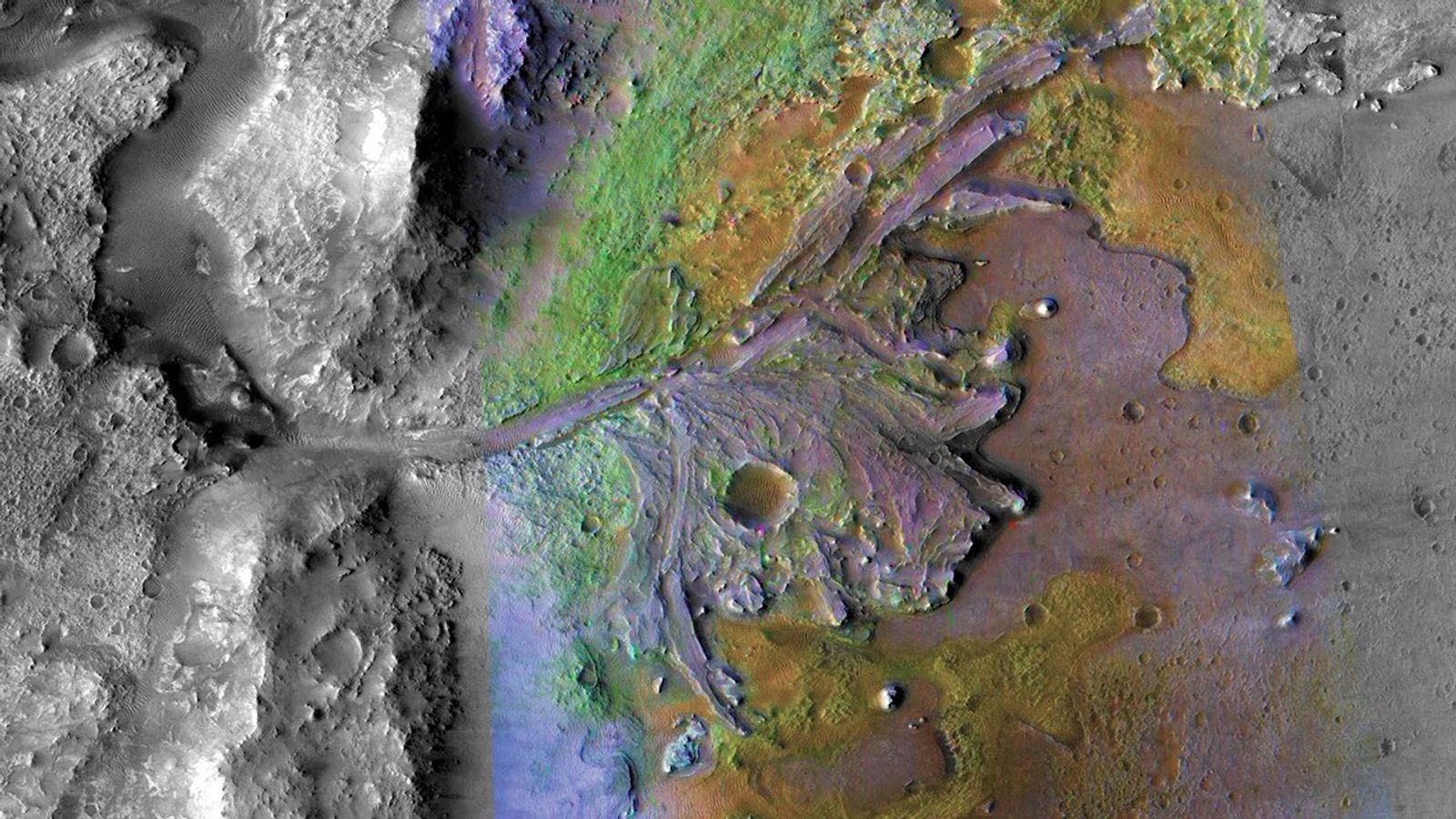I’m hoping to be able to resume blogging about MSL soon, but it will be difficult to reportvery frequently because of continuing personal and professional commitments.
I’m hoping to be able to resume blogging about MSL soon, but it will be difficult to report
very frequently because of continuing personal and professional commitments. Fortunately,
two other members of the MSL science team have volunteered to help with this blog: Ryan
Anderson and Lauren Edgar. Ryan is a USGS post-doctoral fellow and member of the ChemCam
science team, who previously blogged about planetary science for the American Geophysical
Union. Lauren recently accepted a USGS research scientist position, and will be moving from
Arizona State University to Flagstaff this fall. Both have been heavily involved in MSL mission
operations and data analysis since the rover landed in 2012, and I’m very pleased that they are
willing to spend some of their time contributing to this blog. You’ll be hearing from them soon.
The top priority for MSL continues to be the traverse toward the base of Aeolis Mons ( Mt.
Sharp ). Progress has been good since leaving The Kimberley, including a 129-meter drive
on Sol 662. We successfully planned a rapid traverse sol last week, in which scientific
observations are limited in favor of maximizing drive distance on days when only a few hours
are available for planning before commands must be sent to the rover. In this way, we can
make progress on days that would previously have been restricted due to the offset between
Earth and Mars time.
Dates of planned rover activities described in these reports are subject to change due to a
variety of factors related to the Martian environment, communication relays and rover status.
Written by Ken Herkenhoff, Planetary Geologist at USGS Astrogeology Science Center

